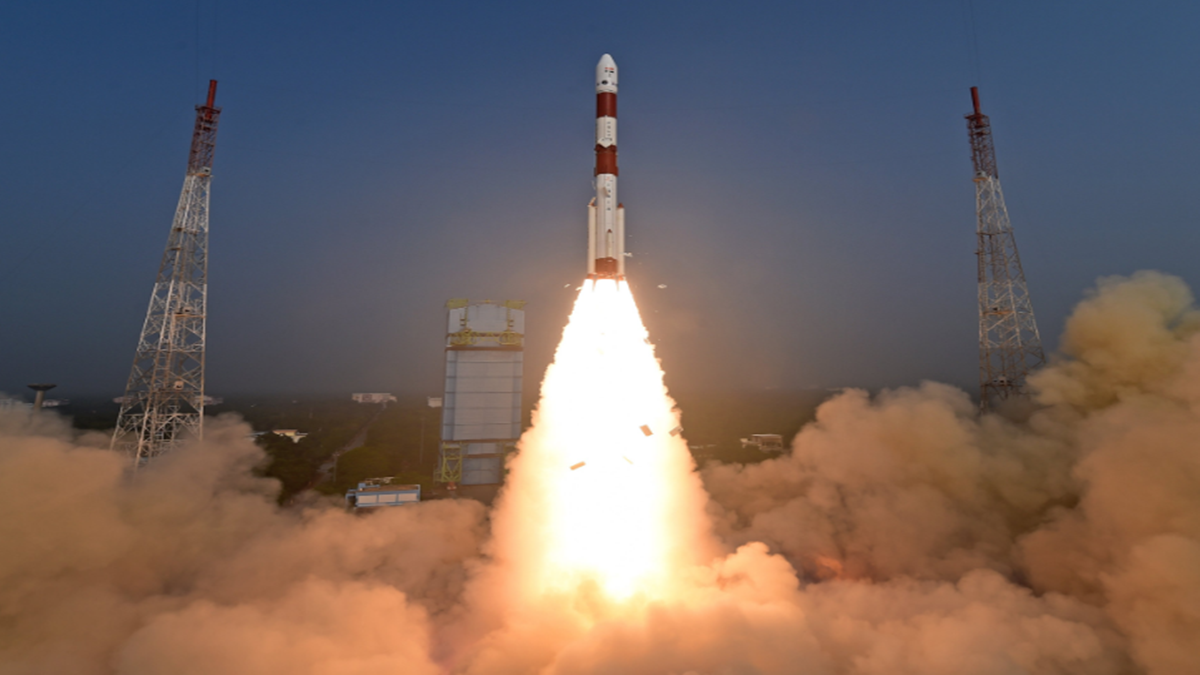Black Holes and Beyond: ISRO’s Groundbreaking X-Ray Polarimeter Satellite Launch
Introduction
The Indian Space Research Organisation (ISRO) has again shown that it matters in space exploration by successfully launching its first X-Ray Polarimeter Satellite, called XPoSat. This big job wants to figure out secrets of space things like black holes. It gives a new look for studying our universe.
ISRO’s X-Ray Polarimeter Satellite
On a big Monday, India’s space group (ISRO) used their strong rocket to launch the X-Ray Polarimeter satellite into a 650 km Low Earth Orbit. People gathered near Chennai to see the big rocket go up. This started a new time of looking into space.
The Science Behind X-Ray Polarimetry
X-ray polarimetry is a high tech area that looks at the direction of X-rays from space. This method is very important for knowing how radiation works and the shapes of heavenly objects. The XPoSat is going to be the first in this area. It will give important information for work about stars and space.
The POLIX Instrument
The Polarimeter Instrument in X-Rays, called POLIX, is the main thing carried by XPoSat. The Raman Research Institute carefully made this tool to measure characteristics related to polarimetry. This tool is a big step forward in space technology, ready to give us never-before seen information about the universe.
XSPECT: The X-Ray Spectroscopy and Timing
Made by the U R Rao Satellite Centre in Bengaluru, XSPECT is a key part of XPoSat. It focuses on x-ray spectroscopy and timing with this device. This big technology will let scientists study more about X-ray things, helping us learn better about our universe.
The Launch Vehicle: PSLV C58
The PSLV C58, known for its trustworthiness, was very important in this task. With a history of successful launches,
PSLV continues to be a cornerstone in ISRO’s space missions, demonstrating India’s growing prowess in space technology.
Mission Trajectory and Orbit
The XPoSat’s path to a 650 km Low Earth Orbit is well thought out. This makes the satellite better for studying in space. This special path is needed for the mission’s goal of doing science right and well.
Future Missions and Collaborations
Soon, ISRO and NASA will work together on the big NISAR project. Planned for release in the start of 2024, NISAR (NASA-ISRO Synthetic Aperture Radar) shows.
FAQs with Answers:
1-What is the main goal of X-Ray Polarimeter Satellite (XPoSat) sent into space by ISRO?
Answer: The main goal of XPoSat is to study the way strong space-based Xray sources rotate. This involves looking into space objects like black holes. It gives us information about their lights and shapes.
2-What are the main tools on XPoSat?
Answer: The main tools of XPoSat are POLIX (Polarimeter Instrument for X-Rays) by the Raman Research Institute, and XSPECT (X-ray Spectroscopy and Timing), created by U R Rao Satellite Centre. These tools are very important for measuring things related to polarimetry and also doing studies about X-ray spectroscopy and time.
3-Why is the PSLV C58 launch vehicle important for this mission?
Answer: PSLV C58 is known for being very reliable and has a track record of successful starts. Getting XPoSat exactly in the right 650 km Low Earth Orbit was very important for this mission. It shows how vital it is when ISRO launches their space missions.
4-What are the planned future missions that ISRO will work on with others?
Answer: ISRO and NASA are planning a joint mission called NISAR. It’s set to be launched in the first part of 2024. NISAR is made to study different parts of Earth like land plants and sea changes, from a place level all the way up to global.
5-How does the XPoSat mission help in studying space and stars?
Answer: XPoSat’s job helps a lot with space studies. It gives new info on how X-ray light from the sky is spread out, which can help our understanding of what happens in outer space. This information is important to see how different stars and space things act, like black holes. It helps us learn more about the universe too.
Also watch: Richard Branson Message From Space
